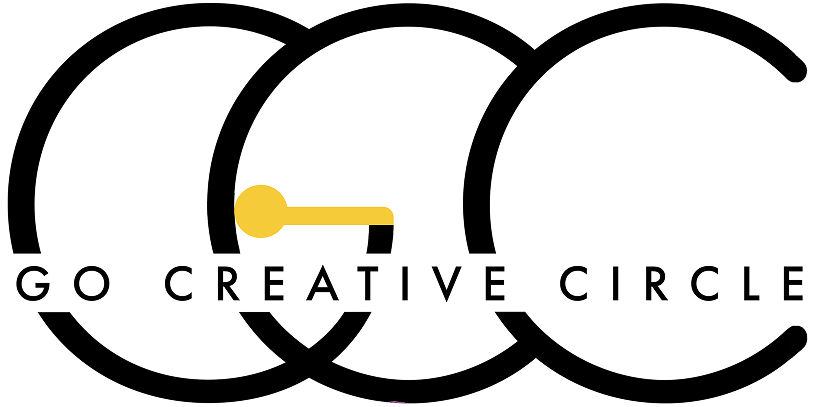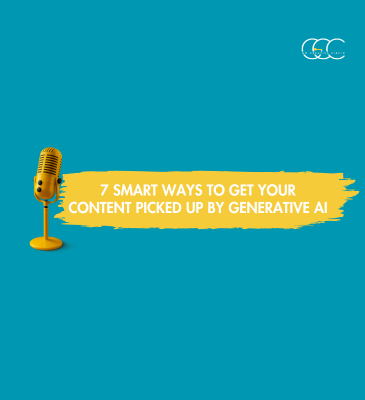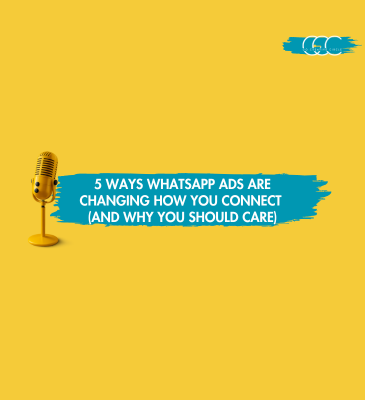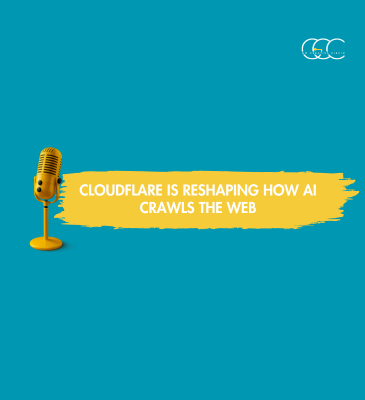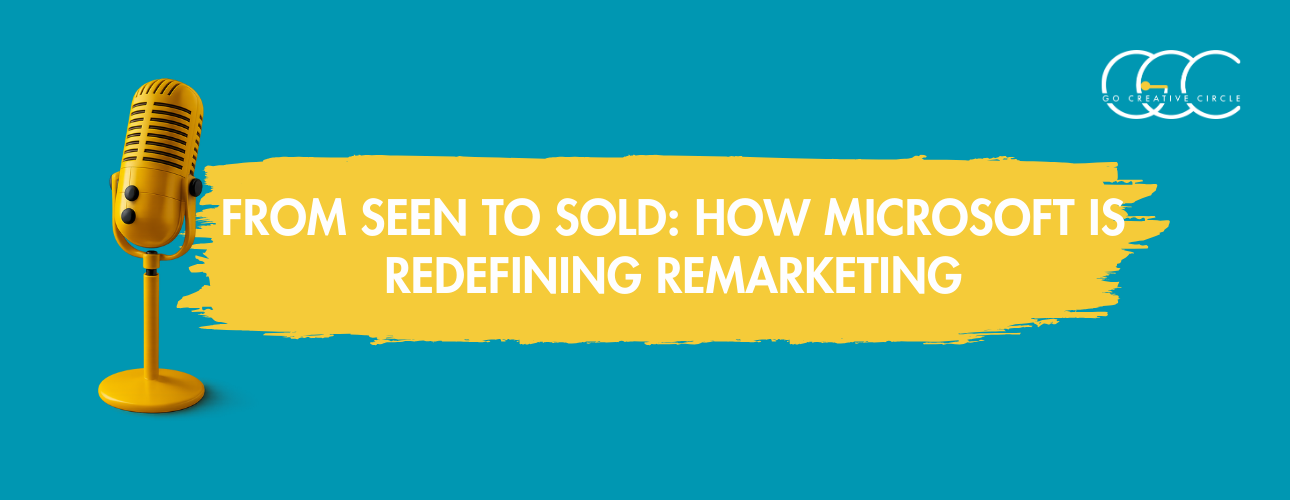
Digital advertising is undergoing one of its biggest transformations in years. For a long time, remarketing strategies relied on clicks—users had to land on a site, interact with it, and leave a trail for brands to follow. But what if advertisers could connect with potential customers before they even click?
That’s exactly the promise of impression-based remarketing, a feature exclusive to Microsoft Advertising. Instead of requiring a site visit or an action, it allows advertisers to build remarketing audiences simply from users viewing an ad. One impression is enough to begin nurturing a relationship.
In today’s privacy-conscious, AI-driven landscape where consumer attention is fleeting, this model could redefine how advertisers think about brand awareness and conversions.
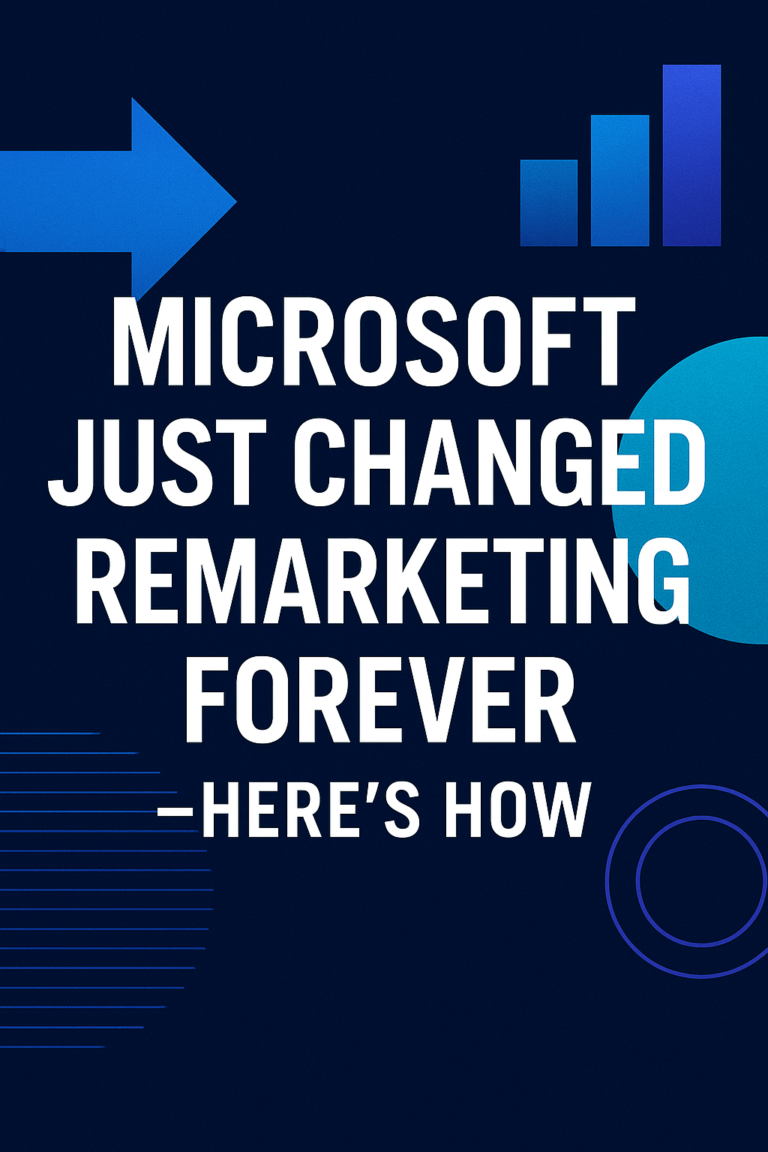
What Is Impression-Based Remarketing?
Impression-based remarketing is Microsoft Advertising’s innovative approach to audience targeting. Instead of tracking visitors only after they’ve engaged, it creates audiences based on people who have seen an ad across Microsoft’s network—including Bing, native placements, Copilot, and more.
Once a user views the ad, they can be placed on a remarketing list, which can then be used to target, exclude, or adjust bids in future campaigns.
Key operational details:
- You can set up to 20 campaigns or ad group sources to feed your remarketing lists.
- Audience membership windows range from 1 to 30 days (with 7 days often striking the right balance).
- While any campaign type can act as a source, not all can be targeted directly.
- Microsoft’s autobidding system respects bid adjustments, meaning your +20% bid will affect CPC or CPM as intended.
- Surfaces like Copilot impressions are both sources and targets, although detailed reporting is still evolving.
In short, impression-based remarketing allows advertisers to capture attention at the top of the funnel, creating opportunities before a user even considers clicking.
How to Use Impression-Based Remarketing
Using this feature effectively requires both technical setup and smart strategy.
Functional Setup: The Basics
- Build your lists: Identify which campaigns will serve as sources for impressions.
- Associate campaigns: Link your source campaigns with those that will target audiences for retargeting or exclusions.
- Define membership duration: Choose time windows that match your industry’s buying cycle. Seven days works well for many, but longer cycles may need more.
- Apply bid strategies: Remember that bid adjustments influence CPC or CPM directly when using automated bidding.
Strategic Execution: Making It Work
This is where impression-based remarketing becomes powerful.
- Map the customer journey:
Cold audiences may need brand introductions, while warm ones require proof points. Hot audiences benefit from urgency and clear conversion messaging. - Personalize for decision-makers vs. influencers:
In B2B, CFOs care about ROI and terms, while team leads respond better to case studies or usability stories. - Break down micro-conversions:
Since impressions don’t equal clicks, advertisers must nurture users step by step—from awareness to engagement, then consideration, and finally to decision.
Budget smartly:
Audience lists require scale. Without enough impressions, campaigns won’t reach significance. Allocate budgets that can feed the funnel adequately.
Advantages and Disadvantages of Impression-Based Remarketing
Like any new approach, this model has strengths and weaknesses.
Advantages
- Privacy-friendly: Works without cookies or invasive tracking, aligning with global data regulations.
- Captures attention early: Builds audiences before clicks, expanding top-of-funnel reach.
- Supports AI-era behaviors: With more searches answered directly in AI assistants, clicks are becoming less common.
- Boosts brand recall: Even if users don’t engage immediately, repeated impressions can drive long-term familiarity.
- Resurrects undervalued placements: Environments once ignored for low CTRs, like mobile apps, become valuable for visibility-driven strategies.
Disadvantages
- Impression ≠ intent: Just because someone saw an ad doesn’t mean they’re interested.
- Risk of wasted budget: Without precise targeting, lists may fill with irrelevant users.
- Creative dependency: Success hinges on tailored messaging for different funnel stages.
- Measurement challenges: Traditional KPIs like CTR don’t reflect the true value of impressions, requiring new metrics like recall and sentiment.
Scale issues: Small advertisers may struggle to generate enough impressions to make remarketing effective.
Why Impressions Could Be the Future
Microsoft’s bet on impressions reflects deeper shifts in the advertising world:
- Privacy-first ecosystems
With cookies disappearing and stricter consent laws, relying on clicks is less sustainable. Impressions are tracked server-side, making them more resilient. - AI-powered search
Tools like Microsoft Copilot and ChatGPT often deliver answers without requiring users to click links. Impression remarketing ensures brands stay visible even when clicks decline. - Changing metrics of success
CTR alone no longer measures impact. The new game is sentiment, recall, and familiarity—areas where impression-driven strategies excel. - Revaluing overlooked placements
Spaces like mobile games, often dismissed due to low click performance, can be powerful branding channels when impressions matter more than clicks.
Key Takeaways for Advertisers
To succeed with impression-based remarketing, advertisers should:
- Set it up early: Build remarketing sources and associations now to establish audiences before peak seasons.
- Design stage-specific creative: Match messaging to the funnel stage—awareness, consideration, or conversion.
- Respect personas: Differentiate between decision-makers and influencers for sharper impact.
- Budget with scale in mind: Ensure enough impressions to make targeting effective.
- Look beyond clicks: Measure impact with brand lift studies, sentiment tracking, or aided recall surveys.
From Action to Attention: A Shift in Remarketing
Impression-based remarketing isn’t just a shiny new feature—it’s a paradigm shift in digital advertising. In a world where privacy is paramount, AI redefines search, and clicks are no longer guaranteed, Microsoft’s approach gives brands a competitive edge.
For forward-thinking advertisers, impressions are more than just numbers—they’re the foundation of tomorrow’s remarketing strategies.
Get in touch with Go Creative Circle today, and let’s design impression-first ad strategies that keep your brand top-of-mind and drive smarter results.
